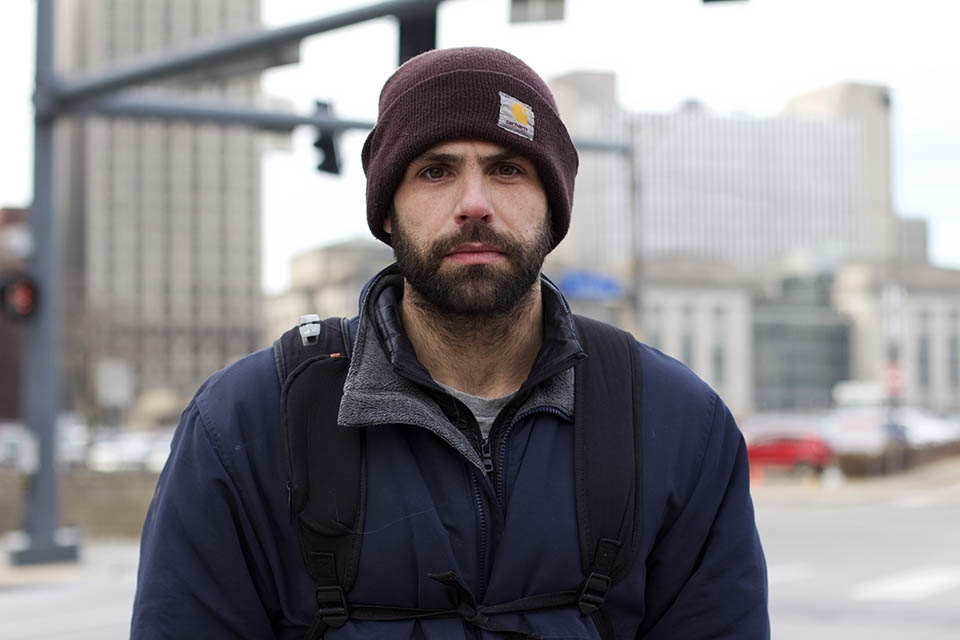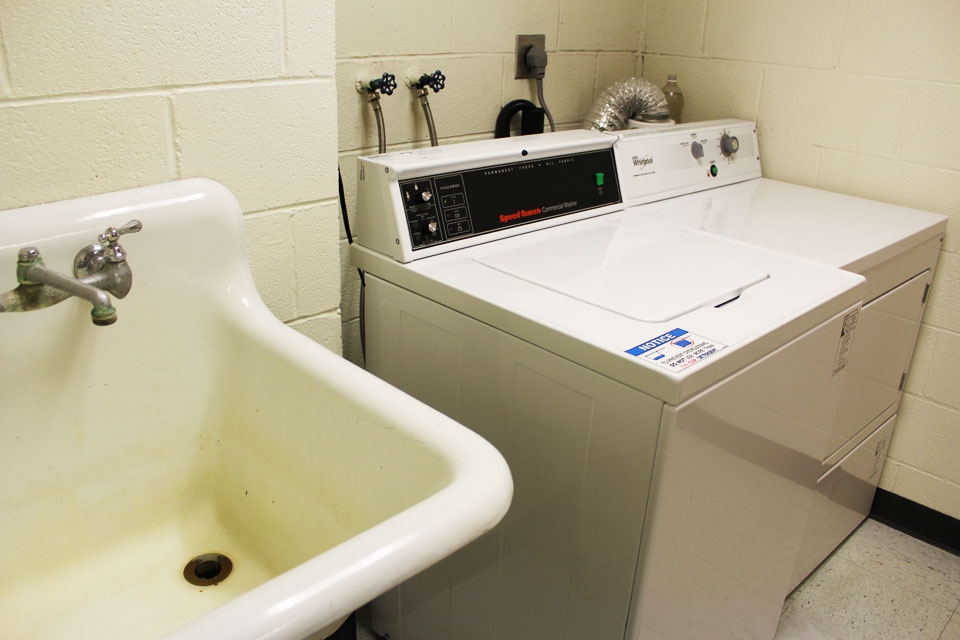09/20/2018
By Nayia Faxio-Douglas | Staff Columnist
With all the issues and controversies contributing to this day and age, it can become difficult to distinguish between freedom of speech and an inappropriate delivery of a specific message. If the National Rifle Association (NRA) represents the right to firearms, then why is spokeswoman Dana Loesch relating modern education on a children’s program to race?
The NRA has issued an image of the long-beloved children’s cartoon Thomas & Friends depicted wearing KKK hoods and riding along flaming tracks. This extreme act is a result of the NRA’s unhappiness with the fact that the Mattel organization decided to diversify the cast of the animated series.
Loesch introduced the extreme image saying, “[Mattel’s decision] is horrible, am I to understand this entire time that Thomas and his trains were white? Because they all have gray faces. How do you bring ethnic diversity? I mean, they had to paint what I guess they thought was some sort of African pattern on the side of Nia’s engine.”
Loesch argues that because Mattel and the producers of the animation have depicted trains of different backgrounds, that must automatically mean we must assume that Thomas and all of the other characters prior to the change were white.
What Loesch and the NRA fail to realize is that, while it is stated that these trains are from multiple origins, they still all maintain the staple grey face that Loesch has labeled as white. This is based solely on Thomas and the trains on the original cover of the series.
The producer of the series, Ian McCue, spoke with CBS This Morning to address the changes within the show.
McCue made note to the evolution of modern education in relation to the motivation for the changes on the show. Because of this it was important to incorporate the new characters and values that the company wanted to depict to the youth being that ‘Thomas and Friends’ is a well watched children’s show.
McCue told a CBS This Morning host that he did this in hopes to “bring this show into the 21st century and make it relatable to the young audience.”
Mattel entered a two-year alliance with the United Nations, in which Mattel states that, “This is the first collaboration between a preschool brand and multiple UN entities to promote the sustainable development goals via content to inspire the next generation of global citizens.”
From this alliance, there are 13 new trains introduced to the series ranging from China to Mexico. This includes a train named Nia who is from Africa and teaches Thomas the value of friendship. Nia also sparked a great topic of discussion on NRA’s television show Relentless when Loesch targeted this specific train stating, “I mean, they had to paint what I guess they thought was some sort of African pattern on the side of Nia’s engine.”
Loesch’s assumption seems to conclude that these trains were created to identify as a specific race.. Mattel responded to Loesch’s accusation stating, “We are not associated with images that promote hate and denounce any images of our brands that are being used to convey a message not in line with the values of the company.”
People are now confused by this statement in the media, as the NRA has stated that they are an organization created to support gun rights and gun users. So where does Loesch’s comment of race within a children’s cartoon come into play with these values?
While supporters of the NRA have yet to address the situation, many who have seen the advertisement have concluded that from this example race is a component of the values of the NRA.
Fans of the series took to twitter making statements such as, “I am not sure why I am surprised, but this just doesn’t make much sense. The NRA is catering to white supremacists by claiming the show “Thomas & Friends” cast is too diverse. And they thought a good way to protest the show was to [put] the characters of the show in KKK hoods.”
The public is disturbed and issues like this arise often, where not only the association should address their identity, but as a nation we may be forced to ask, “What do we stand for?”




